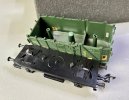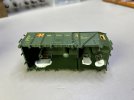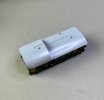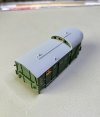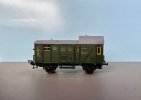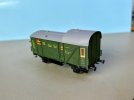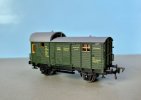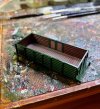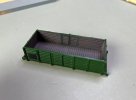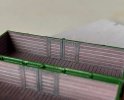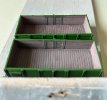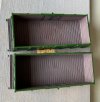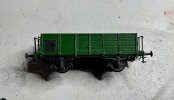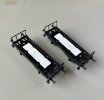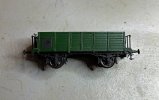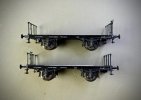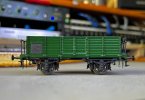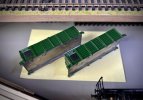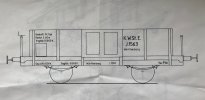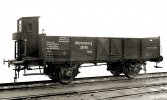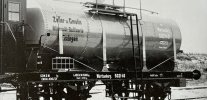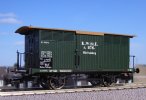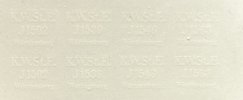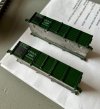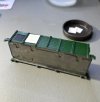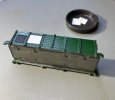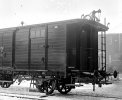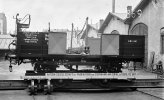Chas Levin
Western Thunderer
Slightly slow progress on the KWStE wagons due to various factors, some railway-related some not, but I made up and fitted some safety chains at the weekend. I know these may not be quite right for c1890 but I was very taken with them in @michl080 's KWStE van photo on the previous page of this thread and there aren't that many detailing things I have information on for these wagons, so I thought I'd fit them.
The chain is pre-blackened 33 links per inch but two lots have gottne mixed together in my stock so I'm not now sure whether it came from Cambrian Models or Weinert Modellbau; the wire is 0.3mm brass, which I blackened using Birchwood Casey Brass Black and it's just the right thickness to fit through one of he chain links:
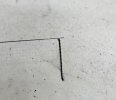
It's then snipped off just behind the loop - I didn't get my batch building numbers right though and only made four initially, instead of eight:
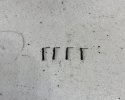
Then, another piece of the brass wire is popped into the other end of each pength of chain and formed into a sort of slightly elongated figure of eight, but the larger loop is snipped off early:
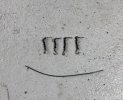
The stright piece of wire on each chain was then popped into a hole drilled in the buffer beam, having first been dipped into a drop of thick low-odour cyano and while that went off, the remaining four were made up:
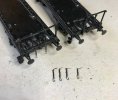
And with all eight in place, they'll just need a little touching in with some black paint where my slightly clumsy working has scraped away the black finish on the brass:
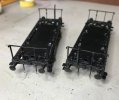
The chain is pre-blackened 33 links per inch but two lots have gottne mixed together in my stock so I'm not now sure whether it came from Cambrian Models or Weinert Modellbau; the wire is 0.3mm brass, which I blackened using Birchwood Casey Brass Black and it's just the right thickness to fit through one of he chain links:

It's then snipped off just behind the loop - I didn't get my batch building numbers right though and only made four initially, instead of eight:

Then, another piece of the brass wire is popped into the other end of each pength of chain and formed into a sort of slightly elongated figure of eight, but the larger loop is snipped off early:

The stright piece of wire on each chain was then popped into a hole drilled in the buffer beam, having first been dipped into a drop of thick low-odour cyano and while that went off, the remaining four were made up:

And with all eight in place, they'll just need a little touching in with some black paint where my slightly clumsy working has scraped away the black finish on the brass:


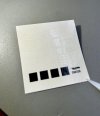
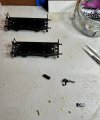
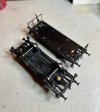
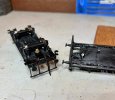
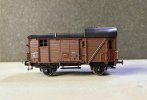
 .
.